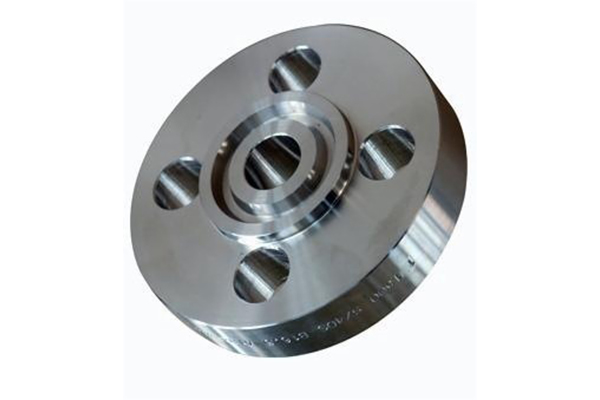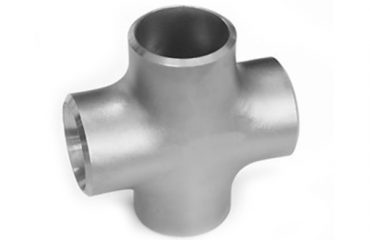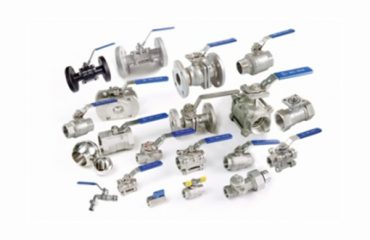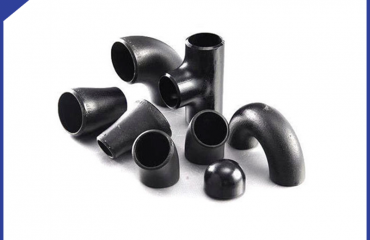
The nominal diameter of the vessel cylinder and the nominal diameter of the tube of the butt welding flange represent different specific sizes. Therefore, the same nominal diameter of the vessel stainless steel flange and the stainless steel butt welding flange, their sizes are also different, and they can not be substituted for each other. Usually, the welding flange is divided into several arc segments to be processed:
1. First, the blank is forged into a square billet, then cold-formed into an arc section. After annealing and stress-relief heat treatment, the whole circle is assembled on the vertical lathe and processed to the designed shape and size.
2. Finally, it is transported to the construction site, and several arc segments are welded into complete special-shaped butt welding flanges and welded with pressure vessels.
3. Butt welded flange has different production standards in use and production. Production and use according to the corresponding standards can ensure the use value and role of special-shaped stainless steel flange in practice.
4. Butt-welded flanges, as sealing and fastening joints, are widely used in large containers in aerospace, petroleum, chemical and other fields.
Butt welded flange is a kind of forged pipe fittings, which refers to the alloy steel flange with neck and transition of pipe and butt welded with pipe. Butt-welded flange is a kind of disc-shaped parts, which is most common in pipeline engineering. Flanges are used in pairs. In pipeline engineering, butt-welded flange is mainly used for pipeline connection. In pipelines that need to be connected, a flange is installed in various ways, low-pressure pipelines can use wire-jointed flange, and welding flange can be used under pressure of more than 4 kg. Two flanges are used. Flanges under different pressures have different thicknesses and use different bolts. Pumps and valves, when connected with pipes, parts of these equipment are also made into corresponding flange shapes, also known as flange connections.
 Language
Language Espanol
Espanol English
English Italian
Italian عربى
عربى
 Skype: chinamaker99
Skype: chinamaker99  Tel: 86-316-5120812
Tel: 86-316-5120812  Email:
Email:  Whatsapp:
Whatsapp: 

